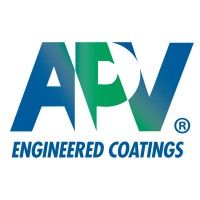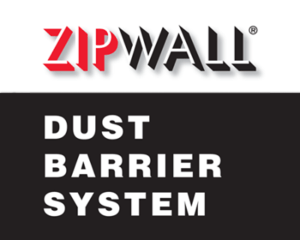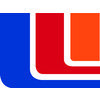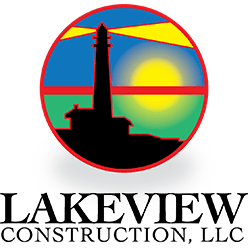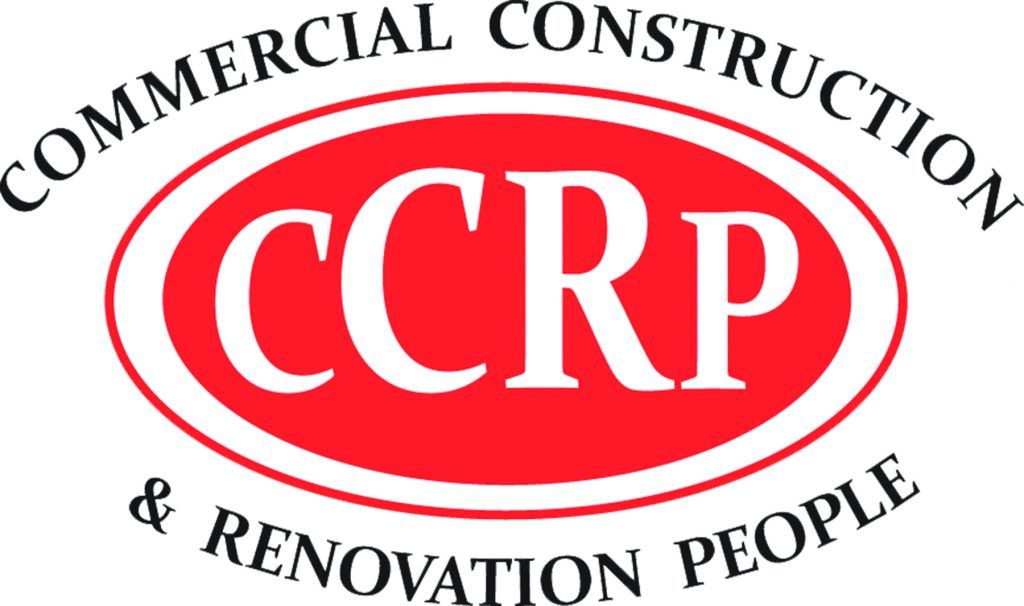If you’re in the construction industry, thermal imaging equipment can be an invaluable asset. From discovering structure flaws to ensuring safety protocols, thermal imaging provides crucial insights in real time.
Still unsure about how these tools could benefit your project? In this article, they break down the five key uses of thermal imaging on construction sites. Each of them could save you time, money, and potential headaches.
Best of all, getting access to this cutting-edge technology doesn’t have to break the bank. Companies like JMTest offer affordable thermal camera rentals so that you can enjoy the advantages without the upfront investment.
Detecting Heat Loss
Thermal imaging equipment is a valuable tool for identifying heat loss at construction sites. It easily detects energy inefficiencies caused by poor insulation or leakage.
This state-of-the-art technology saves considerable costs and promotes efficient energy use. Combine it with a blower door test for best results.
- Identify inadequate insulation: Areas with poor insulation are detected in seconds.
- Track leakage points: Find where conditioned air seeps out, reducing work efficiency.
- Assess building envelope performance: Check the integrity of the entire structure’s thermal performance.
- Validate newly installed systems: Ensure new installations deliver their promised thermal protection.
Remember, thermal imaging doesn’t replace physical inspection. Instead, it provides extra eyes on the unseen thermal performances of buildings under construction.
If you’re interested in conserving energy, overcoming human limitations, and saving money in your projects, thermal imaging equipment should be in your toolbox.
Inspecting Electrical Systems
Your thermal imaging equipment becomes crucial for inspecting electrical systems on construction sites. It ensures safety by detecting overloaded circuits and faulty components in time.
Irregular heat dissipation signifies a potential electrical problem. Thermal cameras spot these variations, alerting you about the necessary adjustments or replacements before any mishaps happen.
Taking proactive measures prevents accidents and property damage. Thermal imaging can help avoid costly repairs, downtime, or worse – electrical fires. It’s essential for maintaining robust infrastructure.
| Equipment | Issue Detected | Necessary Action |
| Power Supply Panels | Overheating | Inspect Cable Connections |
| Wiring Systems | Heat Fluctuations | Replace Faulty Wire |
| Circuit Breakers | Inconsistent Temperature | Determine Reason and Fix |
| Fuses | Elevated Temperatures | Inspect Capacity and Condition |
Using thermal imagers benefits construction sites as they bolster safety procedures. They’re not just beneficial—these tools are critical to running a smooth operation.
Monitoring Machinery Health
Thermal cameras can easily spot overworking or malfunctioning equipment. This preventive measure saves costs and keeps operations running smoothly.
You don’t have to wait for a machine to break down fully to notice that there’s a problem. These gadgets offer real-time data on the condition of your equipment.
- Prediction of machinery failure: Through consistently reading temperatures, you can note if any machine heats up unusually, indicating problems.
- Quick diagnosis: Thermal imaging allows for immediate identification of issues and helps rectify them rapidly.
- Saving on repair costs: Detecting issues early mitigates extensive damage to equipment, reducing significant repair expenses.
- Efficiency improvement: The smooth operation of machinery improves site productivity and work pace drastically.
The intricacies lie in being vigilant about the machines’ health by regularly monitoring their thermal footprint using these innovative cameras.
Hence, the capabilities of thermal imaging call for its integration into construction site operations for enhanced productivity and cost efficiency.
Discovering Water Leaks
Thermal imaging is vital in detecting hidden water leaks. It’s a non-invasive, efficient method to identify unusual temperature patterns due to water intrusion.
Preventing Construction Issues
Identifying invisible moisture can prevent construction problems such as mold formation, structural degradation, and electrical shorts, saving you time and money.
Precision in Inspection
With thermal imaging, you can spot water leakage accurately. The sensitive equipment can differentiate even a minor temperature change related to moisture.
Faultless Documentation
Tangible thermographic proof provides indisputable evidence of anomalies. It serves as reliable documentation for any insurance or warranty claims you might need.
Quick Assessment Tool
These devices offer instant result generation. You can readily assess the site condition, allowing prompt repair plans if leakage is detected.
Evaluating Insulation Quality
Thermal imaging provides a clear overview of insulation effectiveness. It identifies areas where heat loss occurs, ensuring construction sites meet energy efficiency standards.
Moisture Detection
Water leaks or moisture can compromise structural integrity. Thermal imaging equipment enables easy detection and addressing of these issues before they become unmanageable.
This process significantly prevents potential damage and costly repairs. It also assures the safety and longevity of the construction project.
Electrical Inspections
Electrical systems often generate heat before failure. Thermal imaging tools allow early detection of hotspots that indicate potential electrical faults.
Identifying these issues before they escalate helps maintain a safe worksite. It also preserves productivity levels by reducing unplanned downtime.
Structural Analysis
Thermal imagery can evaluate the solidity of a structure. Even the most minuscule cracks or defects get easily detected with this equipment.
Such detailed analysis upholds the robustness of your construction project while ensuring adherence to architectural specifications and building codes.
Ensuring Fire Safety
With thermal imaging equipment, you can increase a construction site’s safety significantly by monitoring for hidden hotspots, a leading cause of fires.
Locating Hot Spots
The technology can scan areas swiftly and efficiently, revealing any sections that are unusually warm. This makes it easier to detect potential fire risks.
By exposing these risks early, you give your crew the opportunity to rectify the issues promptly or evacuate if necessary, averting potential catastrophes.
Inspection During Demolition
Demolition activities frequently result in hidden pockets of flame. Thermal imagers help confirm if these dangerous areas have been completely extinguished.
National Fire Protection Association standards stress their importance in curtailing hidden fire threats post-demolition.
Frequent Equipment Checks
Regular maintenance checks with thermal imagers allow for timely identification of overheating machinery, ensuring they don’t become serious fire concerns.
Conducting Energy Audits
The deployment of thermal imaging equipment can significantly enhance energy audits on construction sites. These audits are integral to energy efficiency.
By exposing areas where heat escapes, this tool enables you to seal the loopholes and conserve energy. The process minimizes waste and maximizes productivity.
Additionally, you can detect poor insulation, overheating elements, or faulty circuits. This feature allows for swift action, preventing potential failures or expensive repairs later on.
- Detects Leakage Points: Thermal imaging equipment instantly identifies heat escape points; thus, you can address these issues promptly.
- Predicts Potential Problems: By revealing transmission line issues or HVAC imbalances before they develop into major headaches, this technology saves time and resources.
- Finds Overheated Elements: Construction sites are susceptible to fires due to overheating electrical gears. With thermal equipment, such hazards can be averted proactively.
This accessible technology translates into cost savings for your construction projects. It ensures efficiency and a safer work environment while meeting energy objectives.
In this way, making strategic use of thermal imaging equipment for conducting energy audits is like having an extra set of eagle eyes on site.
Your Handy Toolbox
With such diverse uses in construction, thermal cameras are important tools to ensure efficiency, safety, and thorough inspections. Keep harnessing their power for maximum results at your site.


